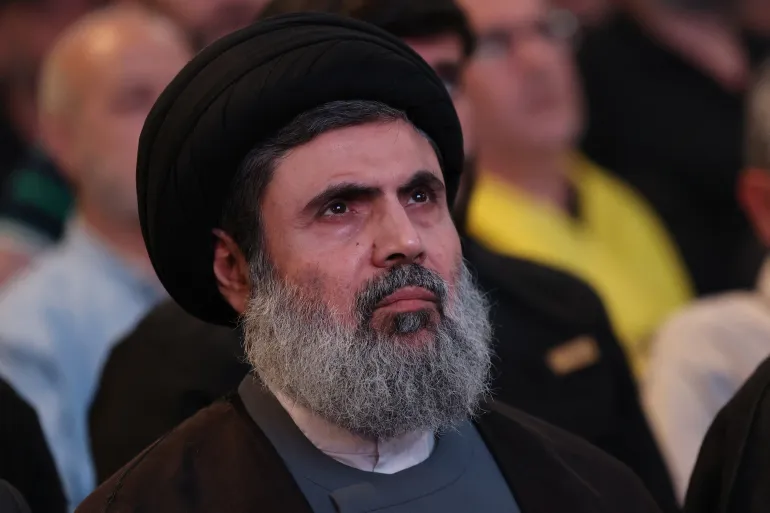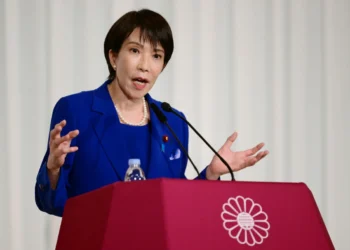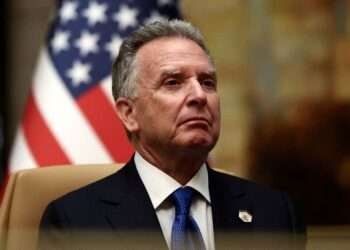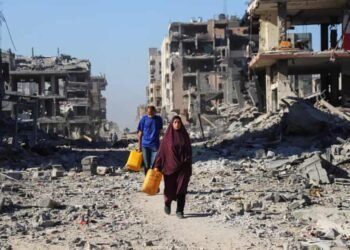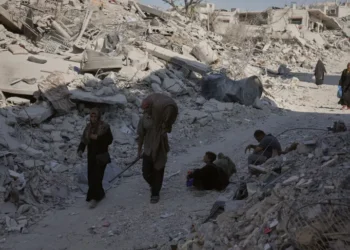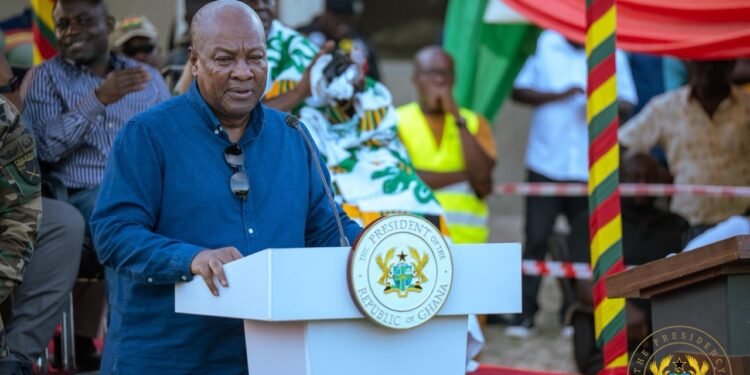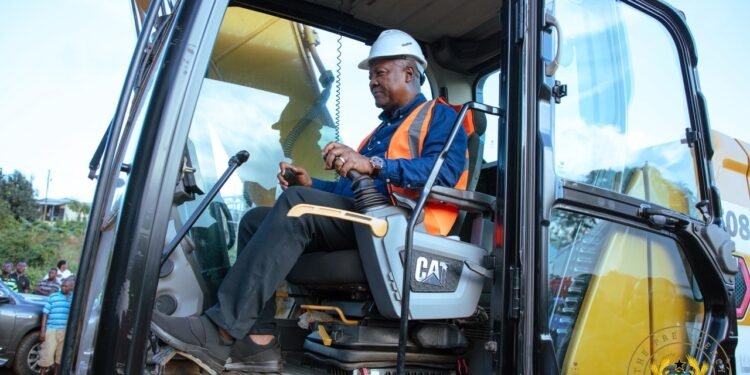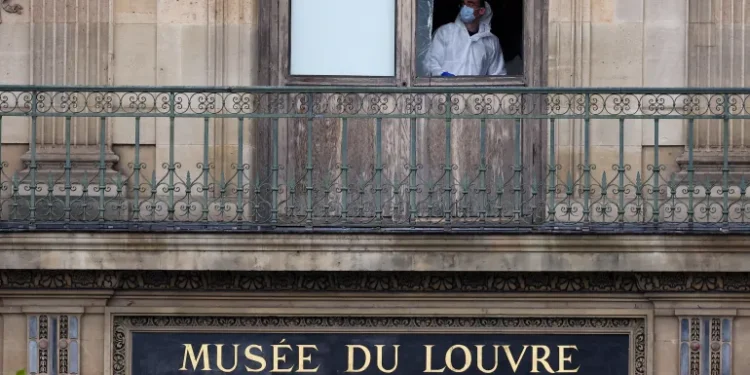Hezbollah has confirmed the death of Hashem Safieddine, the top Hezbollah official widely expected to succeed slain Secretary General, Hassan Nasrallah before being killed by an Israeli strike in Dahiyeh, the southern suburbs of Beirut.
Hezbollah’s statement confirmed Israel’s claims the night prior which said that Safieddine had been killed in the airstrike earlier in the month, alongside Ali Hussein Huzima, head of the group’s intelligence unit.
In the statement, Hezbollah said that Safieddine spent most of his life serving the group and that he “competently managed” the executive council – the highest political decision-making body in Hezbollah.
The group further pledged to carry on in “that path of resistance and jihad.”
The death of Safieddine, who was the senior-most political official killed in Hezbollah since the killing of late-secretary general Hassan Nasrallah, throws the leadership of the group into question.
The current de-facto public face of the group is Naeem Qassem, the deputy secretary general of Hezbollah, but he has not yet been picked as its permanent leader.
Despite most of its senior military command and top political leaders having been killed by Israel over the past three months, Hezbollah has said that the organisation retains its ability to fight Israel.
The armed wing of Hamas released a statement to acknowledge the death of the head of the executive council of Hezbollah “in a criminal Zionist raid” in Lebanon.
The Qassam Brigades praised the role Hashem Safieddine played “in supporting the Palestinian people and their resistance.”
It also noted his “great contributions to building and strengthening the resistance front against the Zionist occupation over many years.”
Lebanon’s GDP Projected To Decline By 9.2%
Separately, the United Nations said that the war between Israel and armed group Hezbollah is expected to wipe 9% off Lebanon’s national wealth as measured by GDP, with the scale of hostilities and the economic fallout set to surpass the last war in 2006.
UN Development Programme (UNDP) said that it expected the conflict to last until the end of 2024, leading to a 30% jump in the government’s financing needs in a country in dire straits even before violence began.
The report stated that GDP is projected to decline by 9.2% compared to a no-war scenario, indicating a significant decline in economic activity as a direct consequence of the conflict (around 2 billion dollars).
UNDP said that even if the war ended in 2024, the consequences would persist for years, with GDP likely to contract by 2.28% in 2025 and 2.43% in 2026.
Lebanon was already suffering a four-year-old economic downturn and a political crisis when Hezbollah began firing rockets at Israel last year in support of its Palestinian ally Hamas.
In late September, Israel dramatically ramped up its bombing across Lebanon, with strikes now regularly hitting Beirut’s southern suburbs, major cities in southern Lebanon and parts of the eastern Bekaa valley, including the border with Syria.
Hezbollah and Israel last fought in 2006, when a month-long conflict left much of Lebanon’s south and the capital’s southern suburbs in ruins and required international help to rebuild.
The UNDP noted that the damage to physical infrastructure, housing and productive capacities like factories would probably be close to that estimated for the 2006 war, which was between $2.5bn and $3.6bn.
However, it warned of larger overall damage to Lebanon. “The scale of the military engagement, the geopolitical context, the humanitarian impact and the economic fallout in 2024 are expected to be much greater than in 2006,” it said.
UNDP’s report said the closure of border crossings critical for trade would bring a 21% drop in trade activities, and that it expected job losses in the tourism, agriculture and construction sectors.
It said that Lebanon had already sustained “massive environmental losses” over the last year, including due to unexploded ordnance and contamination from possibly hazardous material, particularly the use of white phosphorus across southern Lebanon.
Government revenue is expected to fall by 9% and total investment by more than 6% through both 2025 and 2026.
As a result, increased international assistance will be essential for sustainable recovery in Lebanon, UNDP said – not only to address the spike in humanitarian needs but to stem the long-term social and economic consequences of the conflict.
Lebanon’s minister in charge of its crisis response told Reuters that the country needed $250m a month to help more than 1.2 million people displaced by Israeli strikes
READ ALSO: Lloyds Banking Group Supports Labour’s Pro-Growth Budget Agenda



